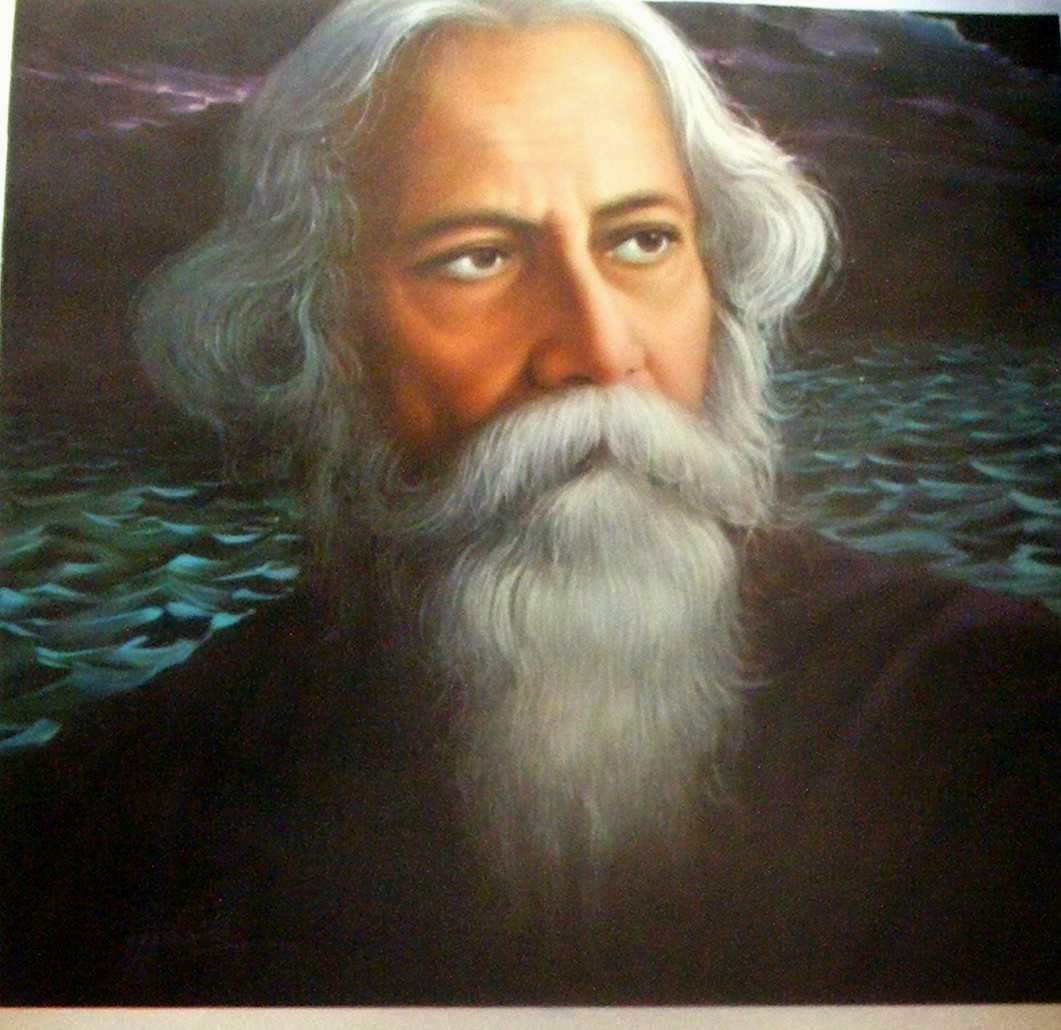Exploring The Enigma Of Tragore
In the vast landscape of cultural phenomena, few names resonate with the same level of intrigue as "tragore." This term, shrouded in mystery, sparks curiosity and invites exploration into its origins, meanings, and implications. Whether you are a seasoned enthusiast or a curious newcomer, understanding tragore opens the door to a deeper appreciation of its significance in various contexts.
Tragore influences art, literature, and even social commentary, making it a multifaceted concept that transcends simple definitions. The way tragore interweaves with human experiences reflects our collective emotions and narratives, prompting discussions that span generations. Join us as we delve into this captivating subject, uncovering layers of meaning and impact that tragore has on our lives.
As we embark on this journey to uncover the essence of tragore, we will address key questions and insights that will enhance our understanding. What does tragore truly represent? How has it evolved over time? And why does it continue to captivate our imaginations? These are just a few of the questions we will explore in detail, illuminating the path of our inquiry.
What is Tragore?
To comprehend tragore, we must first define what it encompasses. Tragore is a term that encapsulates a spectrum of emotional and artistic expressions. It often denotes a sense of deep sorrow or lamentation, frequently found in dramatic arts and literature. The roots of tragore can be traced back to ancient civilizations, where it played a pivotal role in storytelling and performance art.
The Historical Context of Tragore
The concept of tragore has evolved significantly throughout history. In ancient Greek theater, for instance, tragore was an essential component of tragedies, where the themes of suffering, fate, and human struggle were explored. This historical backdrop sets the stage for understanding the profound impact tragore has had on contemporary culture.
How Has Tragore Influenced Modern Art and Literature?
In modern times, tragore continues to inspire artists and writers. The emotional depth associated with tragore allows creators to explore complex themes, such as loss, love, and the human condition. From poignant poetry to moving visual art, the essence of tragore can be seen as a driving force behind many artistic movements.
Who are the Key Figures Associated with Tragore?
Throughout history, numerous individuals have contributed to the understanding and representation of tragore. Artists, playwrights, and authors have used tragore as a lens through which to examine the intricacies of human emotion. Some of these influential figures include:
- William Shakespeare - Renowned for his tragic plays that delve into the depths of human despair.
- Edgar Allan Poe - Master of macabre literature, exploring themes of loss and mourning.
- Anton Chekhov - Influential playwright whose works often reflect the tragic elements of everyday life.
What are the Personal Details of Influential Figures in Tragore?
| Name | Birth Year | Nationality | Notable Work |
|---|---|---|---|
| William Shakespeare | 1564 | English | Hamlet |
| Edgar Allan Poe | 1809 | American | The Raven |
| Anton Chekhov | 1860 | Russian | The Cherry Orchard |
How Does Tragore Affect Our Daily Lives?
While tragore is often associated with art, its influence extends into our everyday experiences. The emotions tied to tragore resonate with individuals during moments of personal struggle, loss, or reflection. Understanding tragore can provide comfort and insight, allowing people to navigate their emotional landscapes more effectively.
What Role Does Tragore Play in Cultural Narratives?
Cultural narratives often embody elements of tragore, weaving tales of triumph and tragedy that resonate deeply with audiences. From literature to film, the presence of tragore serves as a reminder of the human experience's complexities. It encourages empathy and understanding, fostering connections between individuals through shared emotions.
Can Tragore be Found in Music?
Indeed, tragore transcends written words and visual art, making its way into the realm of music. Many composers and musicians have drawn inspiration from the themes of tragore, creating powerful pieces that evoke emotion and reflection. Songs that explore heartbreak, loss, and longing exemplify how tragore manifests in auditory form.
What are the Future Implications of Tragore?
As society continues to evolve, the relevance of tragore remains steadfast. The exploration of human emotions through tragore will likely persist, shaping new artistic expressions and cultural dialogues. Future generations will continue to interpret and redefine tragore, ensuring its place in the tapestry of human experience.
In conclusion, tragore stands as a testament to the enduring power of emotional expression. By examining its roots, influences, and implications, we gain a deeper appreciation for the narratives that shape our lives. Whether through art, literature, or personal experiences, tragore invites us to reflect on the profound complexities of our existence.
Unraveling The Tragedy: The Lives Of Dahmer's Victims
Exploring The Enigma Of Frasier Brendan: A Deep Dive
Ovechkin's Career Stats: A Deep Dive Into The Greatness


